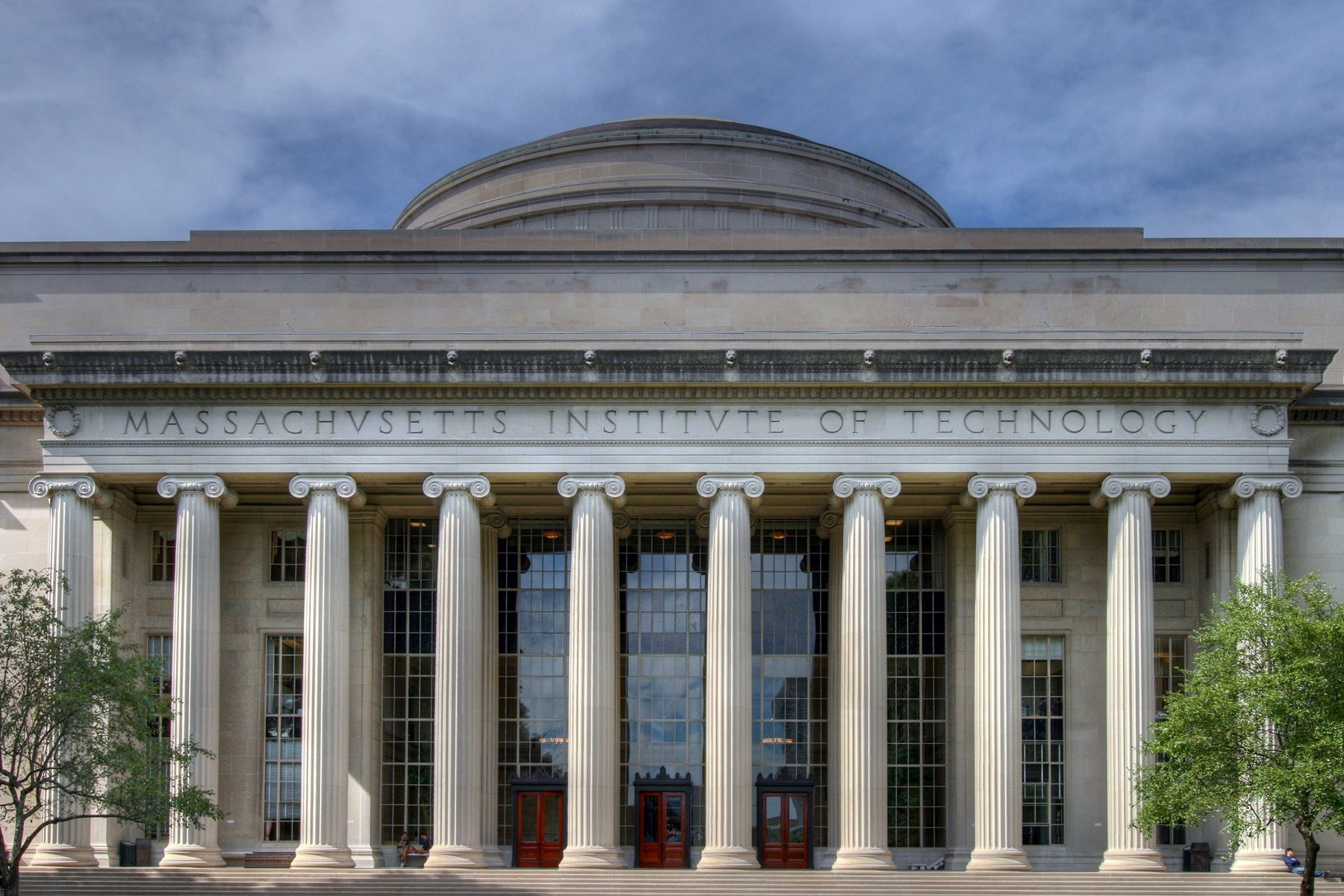
Forbes 2026 College Rankings
The Forbes America’s Top Colleges list is out. The past year will likely go down in history as one of the most volatile for colleges. Marked by campus protests, disruptions of classes, heightened campus activism, followed by government action, including freezing research funds, penalizing efforts at campus diversity, restricting the flow of foreign students, and restrictions on student loan programs, top universities and colleges have emerged stronger, proving that they are by far the most venerated institutions of higher education as they continued to provide top quality education.
It is against this backdrop of turbulence and resilience that the Forbes 2026 rankings must be viewed: how American colleges navigated challenges, and while some have risen, others slipped under the weight of tough policies.
Forbes’ latest “America’s Top Colleges” ranking evaluates 500 four-year U.S. institutions using 14 metrics focused primarily on student outcomes, instead of solely prestige or reputation. The framework takes into account factors such as alumni salary (20%), student debt (15%), graduation rate (15%), return on investment (15%), presence of alumni on leadership lists like Forbes 30 Under 30 (15%), retention rate (10%), and academic success measured by awards like Fulbright or Rhodes scholarships (10%). How Forbes Ranks America’s Best Colleges
This transparent and outcome-driven methodology empowers families to determine their college choices basis real-world value and return on investment, particularly an essential consideration due to the ongoing policy shifts.
How the Top 50 colleges moved
The Forbes ranking of 2026, when compared with that of 2025, shows some notable shifts at the top. MIT jumped from No. 3 to claim the No. 1 position, displacing Princeton, which fell to third. Columbia University surged from sixth place to No. 2, one of the most significant climbs in the elite tier, despite student protests (encampments, sit-ins) and federal backlash.
Stanford slipped slightly from No. 2 to No. 4, while UC Berkeley held steady in the fifth spot. Among Ivies, Harvard rose modestly from No. 8 to No. 6, while Yale dropped from 4th to 9th position, and Penn went from 7th to 10th. Notably, Williams College broke into the top 10 at No. 7 in 2026, displacing Northwestern University, which fell out of the top 15 altogether. Vanderbilt, Rice, UChicago, Cornell, and UCLA all maintained strong placements, though positions shifted slightly year to year.
The rise of Columbia, MIT, and Williams emphasizes the importance Forbes places on ROI, career outcomes, and resilience amid turbulent campus and policy challenges. Universities like Duke (#7), Dartmouth #17 have either maintained or improved slightly, which has impacted Northwestern’s rankings, dropping from #11 to #16.
Johns Hopkins University also rose significantly, climbing from 12th to 8th, largely due to reduced average student debt and expanded financial support. On the other hand, Cornell University slid from 10th to 14th, while Vanderbilt held steady around 11th both years. Ranked 19 last year, Claremont McKenna has unfortunately dropped 9 positions and is ranked No. 26.
Williams College’s dramatic rise from 17th to 7th shows how generous grant aid and strong alumni earnings can boost a school’s value proposition.
A STEM powerhouse, Carnegie Mellon University is up 15 to No. 43. Notably, the University of Notre Dame is up 9, to No. 33.
Evidently, STEM-oriented or public schools in high-wage regions (e.g., UC system, Georgia Tech up 6) dominated, as updated salary data captured post-pandemic job market shifts favoring tech and engineering. Private schools like Emory (up 6) saw aid increases, improving ROI for low-income students.
Public Universities Gaining Ground
Universities like the University of Michigan, UNC Chapel Hill, and UVA improved or held firm in the top 30. This shift signals greater recognition of public universities due to their affordability, research output, and post-grad earnings. At a time when the cost of attending private colleges is increasingly causing massive student debts, public universities come as a relief to families who look at them for the value for money.
Liberal Arts Colleges
Institutions like Williams, Amherst, and Swarthmore remain at the pinnacle of liberal arts rankings. Williams, for instance, consistently sits at or near the very top of the U.S. Wesleyan (+6); (#34), Hamilton (#39), Carleton (#40), Colby (#47), Wesleyan (#49). However, recently declining enrollment and financial strain suggest that up to 20% of small, private liberal arts colleges could be in serious fiscal trouble.
Also, Liberal arts colleges (e.g., Bowdoin, Wellesley) and some private institutions saw relative declines, as Forbes’ STEM bias amplifies salary differences
Notable Movers and Trends from the bottom of the list
Babson College showed a slight improvement in financial metrics and salary outcomes. Several state universities, such as Ohio State and Florida State, maintained or slightly improved their position by keeping tuition and debt low, helping accessibility. A few liberal arts colleges (Trinity CT, Bates) continued their upward trend in financial support and salary, offsetting concerns about high sticker price. Some colleges faced slight rank drops due to lagging median salaries or grant aid, especially those with less robust alumni career networks.
In the 2026 Forbes college rankings, UC Irvine performed very strongly among public universities, while UC Merced was not ranked as high, which shows that it has yet to break into the top national echelon measured by Forbes.
The changes illustrate how rankings are no longer just about academic reputation; instead, they are increasingly tied to tangible financial and career outcomes for students.








